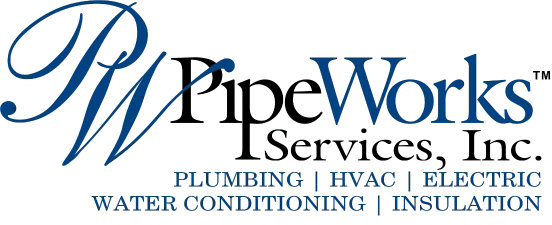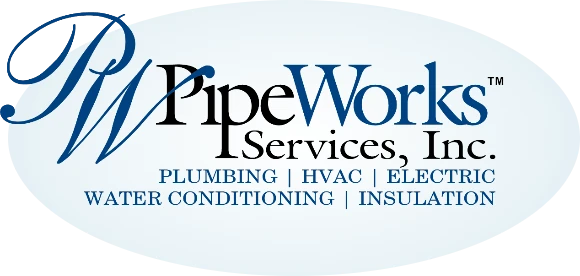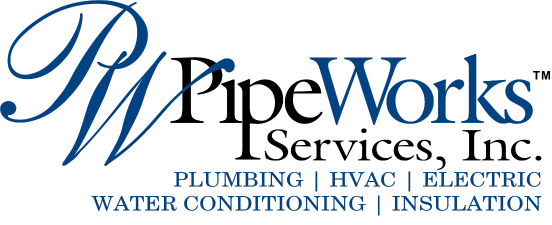Termites and other creepy bugs need water to live, and crawlspaces provide more than enough ammunition to create a subterranean infestation. Water in crawlspaces comes from leaky or sweaty pipes, inadequate surface drainage, and even failing sump pumps. The more moisture, the happier and the larger the growth. Keeping humidity levels in the crawlspace below 50 percent helps to prevent a breeding ground for bugs, mold, bacteria, and dust mites. Preventing moisture requires sealing the crawlspace by patching leaks and fixing drainage issues. To keep moisture in the air under control, a high-capacity dehumidifier should be installed. Proper sealing with control of excess humidity will help you protect your extermination jobs long term.
- Easy installation – Convertible top and side air discharge locations, small cabinet, and no p-trap. Digital control walks professionals through the initial setup. Perfect for crawlspace applications.
- Basement and crawlspace models – Excess moisture in basements and crawlspaces creates odors and promotes mold growth and foundation damage. Unlike small portable units, Aprilaire has a full line of dehumidifiers with the capacity to meet the demanding moisture removal needs of basements and crawlspaces.
- Durability and warranty – Five-year bumper-to-bumper warranty, 15-plus year system life expectancy, and e-coated coils that resist corrosion.
- Prevent over-cooling – Help reduce the high humidity in homes where shorter air conditioner run times fail to remove enough moisture for optimal comfort.
Dehumidifiers are optimal for use in humid areas where moisture problems are common and can lead to issues with mold or allergies. Whole-house dehumidifiers work with your HVAC system to reduce the level of moisture, which then positively impacts conditions throughout the home. There are several factors to consider when selecting a dehumidifier: Consider proper humidity levels.
A healthy range for relative humidity is between 30 and 50 percent. Anything higher than 50 percent Will encourage mold growth. When looking to purchase a dehumidifier, make sure it comes with a humidistat, which reads humidity levels. Evaluate humidity-removal capacity. Various dehumidifier models remove different levels of moisture, so you need to know your home’s current relative humidity and select a dehumidifier that will respond to those needs. Using the humidistat to chart your home’s humidity levels Will give you an idea of its relative humidity. If your home’s humidity consistently rests at 70 percent, you’ll need a system that can decrease that number by at least 20 percent. Most systems Will indicate their humidity-removal capacity (in other words, the amount of water they can remove from the air in a home) in “gallons per 24 hours.” Calculate your home’s square footage.
Once you know your home’s relative humidity, and you’ve checked out the capacity of various dehumidifiers to remove moisture, you also need to know your home’s square footage. Consider elements that impact capacity, such as high ceilings, which increase the relative humidity of your home. It’s possible to use a portable dehumidifier to achieve some dehumidification, but it is limited to dehumidifying a single room at a time. Whole-house dehumidifiers have several advantages over portable units: They don’t require you to empty a holding tank or collection bucket every day; instead, they are designed to automatically dispose of the water that’s collected into a drainage system. They require little maintenance. They help keep your heating and cooling systems clean because bacteria are often attracted to HVAC components. A cleaner system also means better results in energy use. Whole-house dehumidifiers are a great home solution for problems associated with high humidity.
So are you bugging out now? Call us (973) 657-5771



